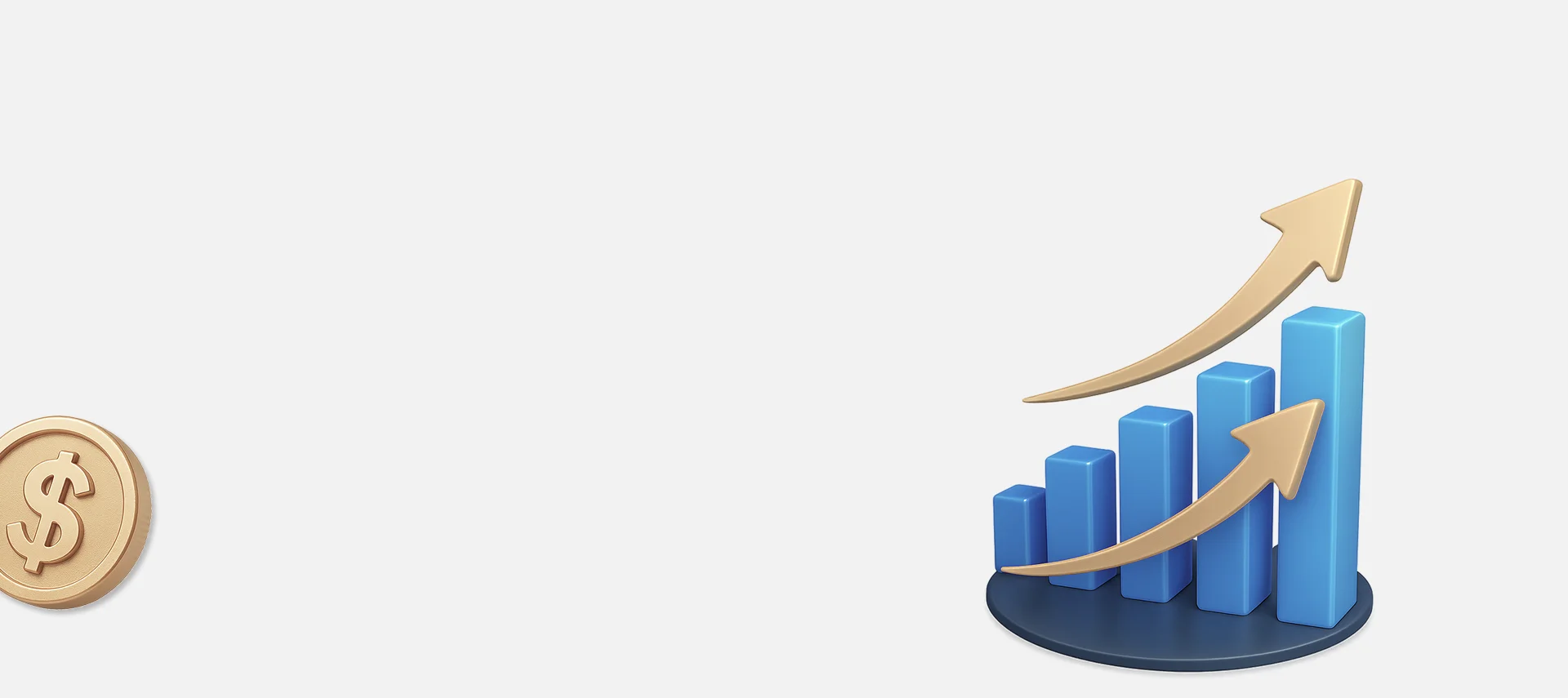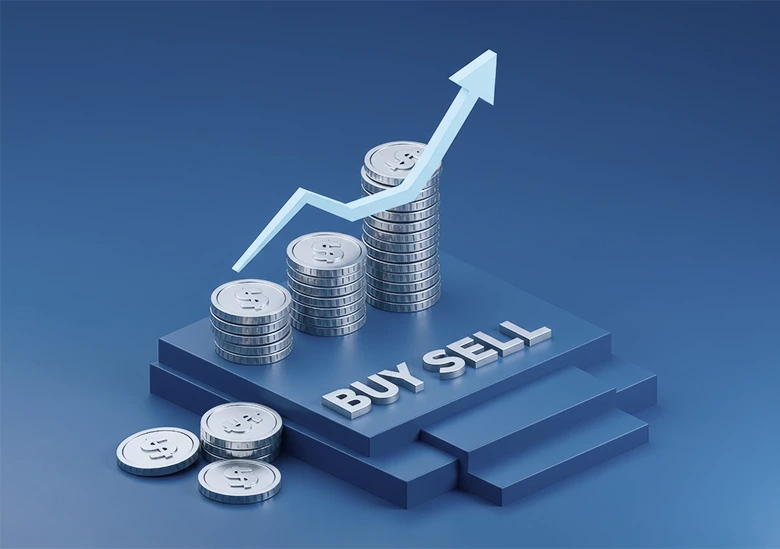

保證金交易策略:入門與風險管理
保證金交易是一種透過向券商借入資金來放大購買力的交易方式,目的是提升潛在收益。這類交易需要開設保證金帳戶,投資者需預先存入部分交易金額作為抵押品,其餘資金則由券商提供。 儘管保證金交易有可能帶來更高的利潤,但同時也大幅提升了虧損的風險,因為利潤與損失都會被槓桿效應放大。
什麼是保證金交易?保證金交易的意義解析
保證金交易是指交易者向券商借入資金作為抵押來進行交易。透過這種方式,交易者有機會獲得更高的報酬並把握難得的市場機會,但同時也面臨潛在的巨大損失風險。
這種方式也被稱為槓桿交易,交易者運用槓桿進行股票、外匯、加密貨幣、黄金等金融資產的買賣。與需要全額資金的現貨交易不同,保證金交易可讓交易者操作超出自身資金的部位,進一步放大獲利機會。
交易者能夠獲得多少資金,取決於券商的維持保證金要求。這些要求規定了交易者所需承擔的最低自有資金比例:
- 初始保證金是開倉所需的資金比例;
- 維持保證金則是避免收到追加保證金通知所需維持的最低帳戶淨值。
若交易者的證券價值波動,保證金帳戶中的淨值也會隨之變化。如果淨值低於維持保證金要求,券商將發出追加保證金通知,要求交易者補足資金或證券來避免風險擴大。若交易者無法及時補倉,券商有權進行強制平倉以控制風險。
保證金交易的優勢

透過保證金交易擴大市場曝險
保證金交易的一大優勢是能夠提高市場曝險程度。透過較大的資金投入,交易者可參與更大幅度的市場波動;即使資金較少,也能接觸到更多交易機會。這種更廣泛的市場參與,有助於累積經驗並提升交易能力。
例如,加密貨幣差價合約(CFD)保證金交易能在波動劇烈的市場中創造利潤,但由於市場波動大,也要求交易者具備良好的風險控制能力。
使用保證金進行賣空操作
保證金交易也使得賣空成為可能,是在熊市中不可或缺的工具。賣空是指借入並賣出你尚未持有的資產(如加密貨幣),待價格下跌後再買回,以賺取差價。這不僅能讓你在下跌市場中獲利,也可作為風險管理工具,用以對沖你持有的多頭部位。
透過保證金交易實現投資組合多元化
使用杠桿資金可以讓交易者將資金分散至多個資產或市場,而無需將全部資本投入單一倉位。許多日內交易者會將保證金交易與持倉時間較長的波段交易結合,以短期杠桿操作配合多日趨勢,實現風險與收益的平衡。多元化的投資組合不僅增加交易機會,也有助於風險控管,在市場不利波動時保護你的資本。
保證金交易的風險有哪些?
波動性與損失擴大
若交易結果不如預期,杠桿效應和利息支出可能導致損失超過原始投資金額。市場波動劇烈時,價格變動迅速,風險隨之上升。因此,交易者應事先設置負餘額保護,並預做最壞情況的風險管理。
追繳保證金:觸發機制與應對方法
當賬戶內的證券價值低於維持保證金要求時,就會觸發追繳保證金(Margin Call)。
若交易者無法補足資金或證券,經紀商將會強制平倉,這可能造成更大的損失,並讓交易者失去對價格部位的控制。為避免此情況,請務必持續監控賬戶的保證金比例。
利息與手續費用
保證金交易通常需支付高額利息。交易者在進行此類交易前,應將利息與其他費用納入成本考量,以準確評估淨利潤空間。
此外,利率會根據市場環境及券商政策變化而浮動。進行交易前,請仔細評估這些潛在費用是否在可接受風險範圍內。
保證金交易風險管理技巧

- 在開始前研究保證金交易市場。在做出任何決策之前,先了解保證金交易的基礎知識與策略,例如基本面分析、MACD指標以及其他市場指標。選擇一個合適、可靠的經紀商也能讓交易過程更順利。
- 為保證金交易設定現實的預期。現實的目標意味著符合實際的風險承受水平,這可以避免巨大虧損。一旦設定好目標,就制定一個計劃並嚴格執行。
- 在進行保證金交易前進行深入分析。透過使用不同的技術,例如RSI指標來識別超買或超賣狀態,並結合風險管理策略,你可以減少虧損並最大化交易收益。
- 持續關注你的保證金交易部位。定期更新你的投資組合,並根據市場狀況和趨勢進行調整。突發新聞和事件總是會發生,密切注意這些資訊可以間接保護你的資金。
- 維持充足的保證金水準。為應對不可預測的市場波動保留一筆應急資金。定期檢查你的保證金水準和帳戶餘額,以避免追加保證金通知或被強制平倉。
- 使用風險管理工具進行保證金交易。止損單或追蹤停損單可以限制虧損。
在 TMGM 最大化您的保證金交易潛力
準備好將您的交易推向新高峰了嗎?TMGM 為您提供在保證金交易中取得成功所需的工具與資源:
- 探索具競爭力的槓桿選項: 自信掌控更大部位。
- 運用先進的風險管理工具: 透過止損單與移動止損單保護您的投資。
- 獲得 TMGM 提供的全方位支援: 獲取專家建議與教育資源,強化您的交易策略。
今日更明智地進行交易






賬戶
賬戶注資
交易



